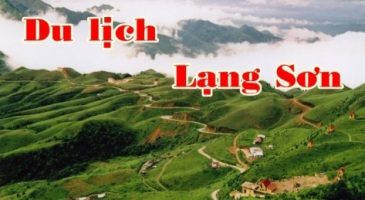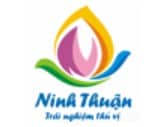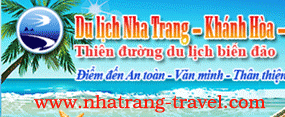
Ranking at the seventh position among ten recommended destinations for travelers by CNN, Son Tra peninsular in Da Nang city in the central coast of Vietnam is a wonderful should-not-be-missed when travel to Vietnam after the COVID-19 pandemic.
“Son Tra Natural Reserve is a natural oxygen manufacturer and clean water resources of Da Nang and a privilege not many urban cities have,” the famous US press stated.
“Three sides of the Reserve are bordering the sea while the 4th side is offering spectacular views of Da Nang.”
“Son Tra Natural Reserve is the ultimate definition of harmony between man and nature.”
Located in the northeast of Da Nang city, Son Tra peninsula features a total area of 4,370 hectare with a 13.5 kilometers length of mountains. This is a coastal nature reserve as well as a shelter for boats to hide away from wind and sea storms.
By the end of 2016, Son Tra Peninsula was planned to be a national tourist area. This is also the habitat of the famous red-shanked douc langur and many other species of flora and fauna.
Initially, the complex of Son Tra peninsula and mountain was called Tien Sa by the French.
Nowadays, the name of Tien Sa is used for a seaport in Da Nang city. When being used as an observation base by the U.S during the American war (1965 – 1975), Son Tra was called “Monkey mountain”, which also reflects the plentiful number of the living primate species in this place.
The primate species in Son Tra are very diverse, including: Stump-tailed macaque, Rhesus macaques, Northern pig-tailed macaques and the rare Red Shanked Douc (Pygathrix nemaeus).
Each type of these primates lives in different areas on the peninsula and has its own living habits. Rhesus macaques- the rare species in Southeast Asia that are almost extinct in Vietnam- are living in the North of the peninsula in groups of 15 to 20 individuals. There are quite a few numbers of Northern pig-tailed macaques that live evenly throughout the place. This is also the primate animal that is most easily seen by tourists to Son Tra peninsula.
Red Shanked Douc is a monkey that many people consider the world’s most beautiful primate. These endangered monkeys live across a narrow territory of Laos, Cambodia, and Vietnam, but the highest number of them, around 300 individuals, live on a mountain peninsula in Da Nang – Son Tra Mountain.
With Burgundy and hot pink fur on their legs, dark blue behinds, white tails and grey bodies, Red-Shanked Doucs are considered the most colorful primates in the world.
Red-Shanked Doucs are cunning animal and have a “choosing habit of eating” as they never eat fruits that are on the ground. They usually eat only half of the fruit and throw away the other half. The monkey is usually divided into groups of 12 to 30 in a herd, each herd is led by a clever leader. Spring is the breeding season of the Red-Shanked Doucs and a mommy monkey has only one child for each time giving birth.
According to incomplete statistics, the fauna of Son Tra features over 100 species, including eight rare species. Its diversified flora features 289 species, including 64 types of large timber, 107 species of medicinal and ornamental plants.
Son Tra peninsula is also home to 191 coral species as well as three species of sea-grass, 72 species of seaweed, 53 species of mollusks, 23 kinds of echinodermata (starfish, urchins, etc.) and 221 plankton species.
Chestnut is a tree that grows evenly throughout the peninsula. This fruit, in addition to being delicious, also has many nutritional values. The hundred-years-old chestnut trees shade and enhance the majestic beauty of the Son Tra forest. In addition, there are many kinds of precious plants such as Sam dat (Talinum Patens), Cay Son (Rhus succedanea), Van Tue (Cycas revoluta) and Cho chai (Hopea recopei), among others.
Locals eat Talinum Patens for refreshments, harvest the resin from Rhus succedanea to make lacquer paintings, and use Hopea recopei latex as a water-resistant glue for waterproofing their boats.
Son Tra Nature Reserve is not a unique place in Vietnam that converges ecological values within a city’s district, but also one among 200 typical ecological regions of the world. Son Tra has become an attractive tourist destination, a valuable natural studying hub for scientists who wish to research about maritime forest ecosystem as well as endemic species and coral reefs.





























